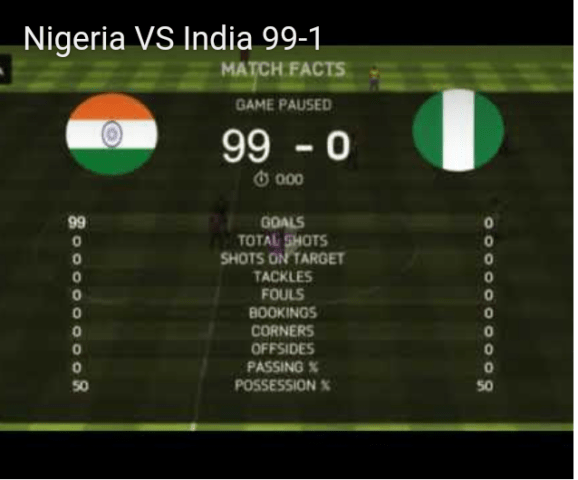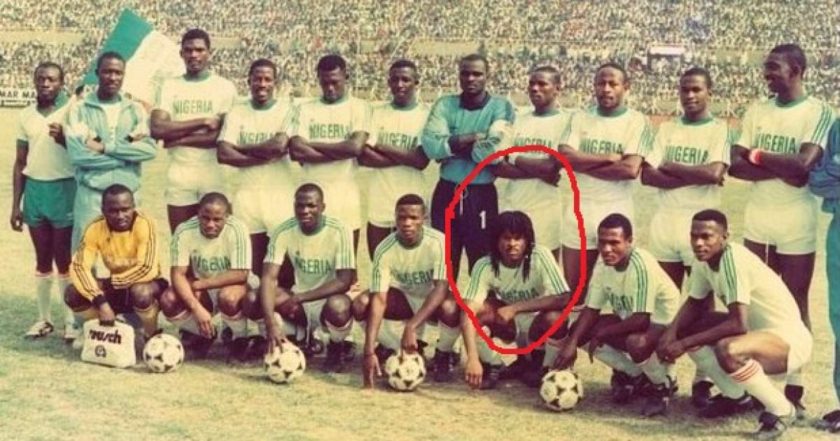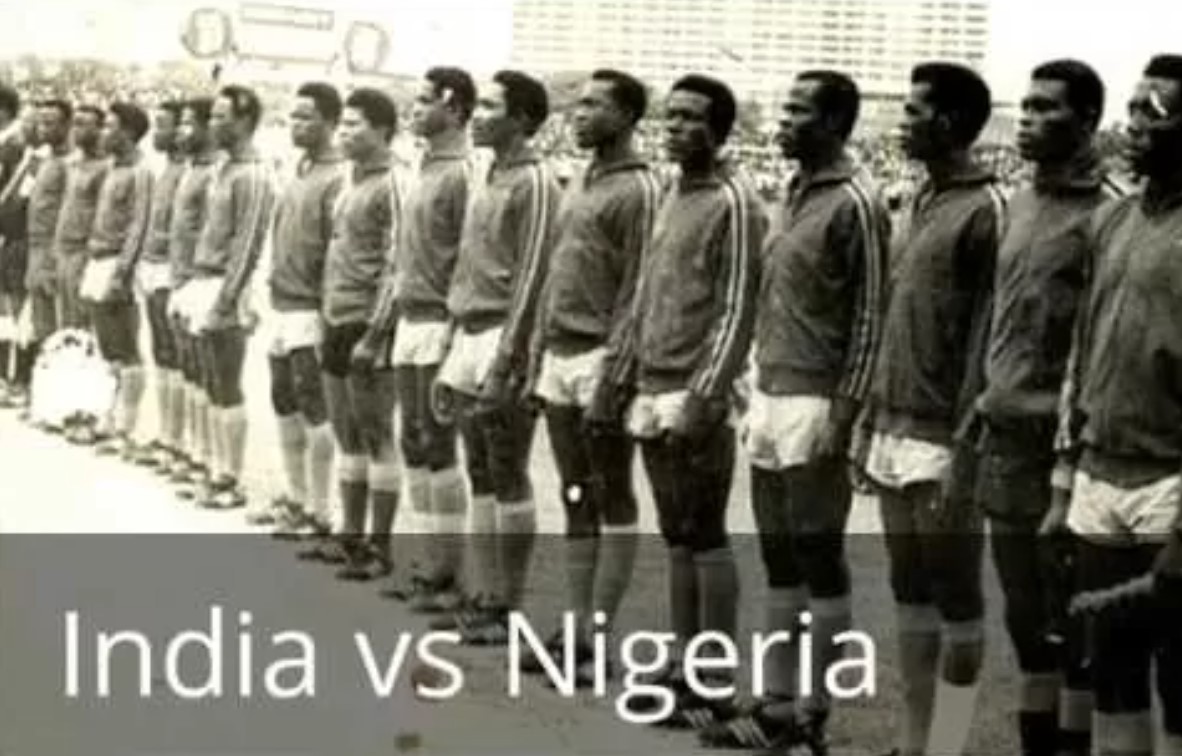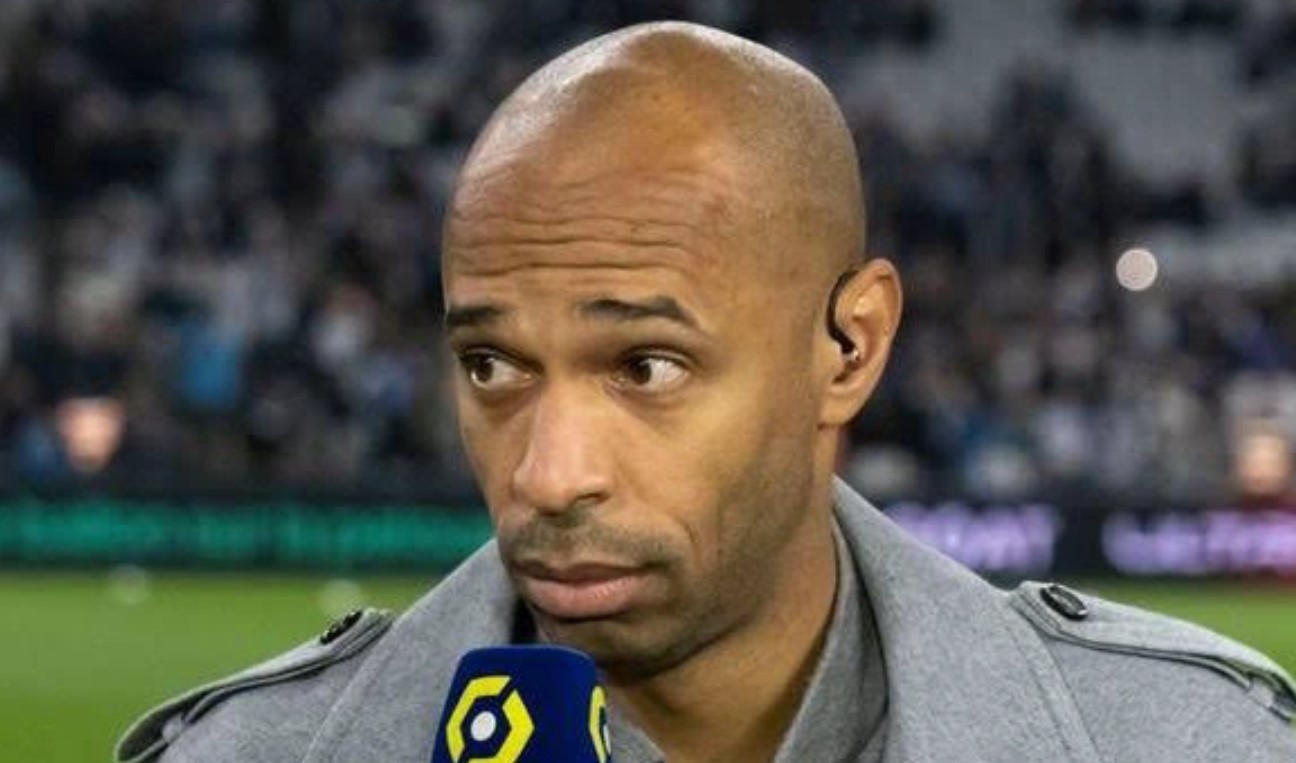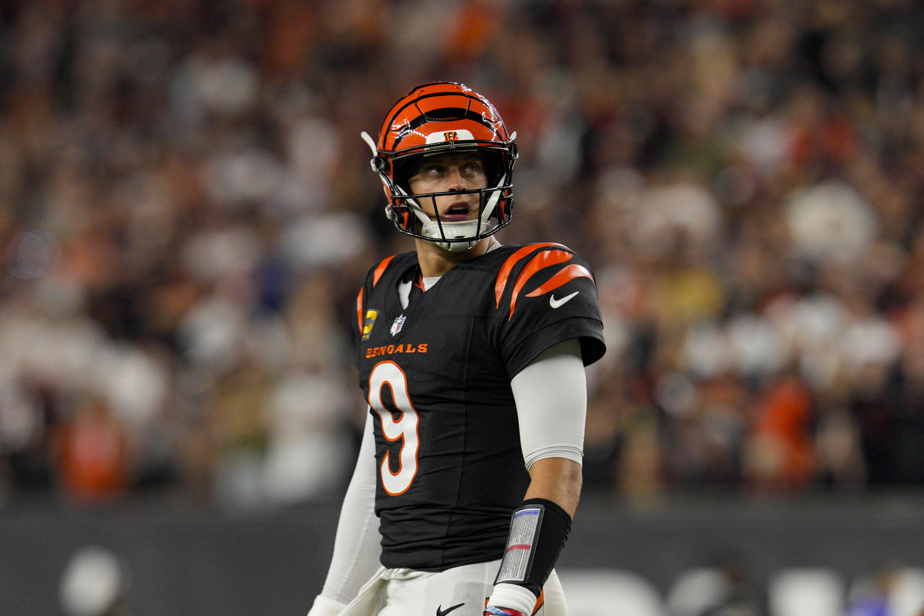When a Russian missile destroyed the Kyiv children’s hospital Ochmadyt on July 9, many in Ukraine were not surprised. Vladimir Putin’s air force often does this kind of thing. Exactly two years and four months earlier, for example, on March 9, 2022, it had destroyed the maternity hospital in the eastern Ukrainian port city of Mariupol with a 500-kilogram bomb.
Pictures of desperate women and their babies went around the world at the time – for example a photo of the seriously injured, heavily pregnant Anna Kalinina on a stretcher in the rubble. When the picture was taken, she was still alive. Then she gave birth to her child. It died, and shortly afterwards she died too. The Russian ambassador to the Netherlands later claimed that it had all been staged by actors.
The siege of Mariupol, an industrial city with a pre-war population of 425,000, has been investigated by several human rights organizations in recent months. The first team came from Human Rights Watch and its Ukrainian partner organization Truth Hounds. The second was set up by Global Rights Compliance, a group of lawyers and investigators who investigate war crimes on behalf of the EU, the US and the UK.
Both say that at the end of the 85-day siege of Mariupol between February and May 2022, the Russians had destroyed or rendered unusable all 19 hospitals in the city. In the attack on hospital number 1 alone, 50 people were burned alive. A United Nations investigation comes to the same conclusion.
Entire cities become hostages
Some clinics were attacked several times. The conclusion of the experts from “Global Rights Compliance”: The “deliberate shelling of medical infrastructure” is part of an overarching Russian “strategy to force surrender”.
And in fact, this is only a “part”, because the overall picture is bigger. From the analysis of countless images and witness statements, the investigators have drawn a dire accusation: in Mariupol, they write, Russia made the “conscious starvation of civilians” a deliberate “method of warfare”. Their means was therefore to destroy the “living possibilities” of the civilian residents in order to force the “surrender of the Ukrainian armed forces”.
The researchers called on Putin’s spokesman Dmitry Peskov as a witness. At the time, when asked about Russia’s bombing campaign, Peskov replied that the Ukrainian leadership could “put the situation right” by “fulfilling the demands of the Russian side” and thus reducing the “suffering of the local population”. This made it clear: Moscow had taken the people of Mariupol hostage.
This woman’s child was dead when it was born shortly after Russia’s attack on the Mariupol maternity hospital. Then the mother died too.AP
Global Rights Compliance is not alone in identifying a Russian “strategy of starvation.” As early as April 2022, the head of the UN World Food Programme, David Beasley, had stated that the siege of Mariupol was “leaving people to starvation.”
Give up or starve
Several reports by the UN Human Rights Commission also show that terror against the population is a standard method used by the Russian armed forces beyond Ukraine. This has been most clearly demonstrated so far in Syria, where Russia has intervened in the civil war on the side of dictator Bashar al-Assad. According to the UN, the “deliberate starvation of the civilian population as a method of warfare” was particularly evident during the siege of Aleppo and Eastern Ghouta, where the Syrian and Russian air forces jointly bombed residential areas.
The tactic followed the principle of “surrender or starve,” and, as in Ukraine, a “pattern of attacks on hospitals” became apparent. In Aleppo, for example, Russian and Syrian aircraft repeatedly bombed a place where the only accessible children’s hospital and a women’s clinic were located.
Halyna Balabanova told FAS what such a war against the population looks like from the perspective of the victims. Before the war, she worked at the Halabuda educational center in Mariupol, and when the siege began, she and a few comrades turned her house into one of the largest distribution points for humanitarian aid in the city. On some days, Halabuda distributed food, medicine and, above all, water to up to 2,000 people.
There was snow in the kitchen
Halyna Balabanova shared all the suffering of Mariupol at that time. Her parents’ apartment (her mother was bedridden and could not go to the bomb shelter) no longer had any windows because of the explosions. There was snow in the kitchen, and they covered the windows of the other rooms with cupboards to protect them from splinters. Because the electricity and district heating had already failed in the first days of the siege, in February and March 2022, the temperature in the house did not get warmer than two degrees on some days. Fortunately, they had enough water, because in the first hours of the war they had been smart enough to fill the bathtub.
Water was the biggest problem for the people. At Halabuda they had enough of it, because next door there was a storage facility for “technical water” for the fire brigade. You could drink it if you boiled it. Later it snowed and people melted snow for soup.
During the siege, the people of Mariupol lacked nothing more than water. And those who queued for water became targets of Russian bombers.Reuters READ FULL STORY HERE>>>CLICK HERE TO CONTINUE READING>>>
However, melting snow was also dangerous. Because no one had an open fire in their home, people melted it outside, and many fireplaces were used by several families at the same time. Such melting communities were repeatedly targeted by Russian aircraft, just like the queues at the few wells in the city. Halyna Balabanova experienced one such attack on a fireplace in her neighborhood. Two people died, three were injured. And one of her friends was hit in an attack on a well.
“Global Rights Compliance” has identified four central elements of the Russian hunger strategy using the example of Mariupol. First, there are the attacks on vital objects. This includes the destruction of the maternity clinic, but also the devastating attack on the theater on March 16, 2022. This building had several functions. The city’s largest shelter was located in its basements, and at the same time it was a distribution point for relief supplies and a gathering point for convoys in case groups of citizens once again made their mostly futile attempts to leave the city in the hail of bombs.
“There was incredible fear”
Halyna Balabanova understood what the mood must have been like in this overcrowded life raft just before the end when one day an actor from the theater asked “Halabuda” whether there were any sedatives left in the supplies. “There was incredible fear in this theater,” says Halyna Balabanova. “It was a shelter full of people who had lost their balance. They hoped to be rescued, but instead they were murdered.” How many people died in the attack is not known. The Organization for Security and Co-operation in Europe estimates that around 1,300 people were in the theater on the day of the bombing. In front of and behind the building, people had previously painted the word “children” on the pavement in meter-high letters.
The Mariupol Theater was the largest shelter in the city. The words “Children” were written on the pavement. Then a Russian bomb hit the building.Reuters
In addition to the destruction of residential areas (Global Rights Compliance, Human Rights Watch and Truth Hounds have concluded from satellite images that more than 90 percent of the apartment blocks in Mariupol were destroyed or damaged), the shutdown of the electricity, water and district heating networks played a central role in Putin’s war of starvation. In the very first days of the siege, Russia bombed the most important electricity and gas lines into the city and shut down the pumping stations for the water supply.
All of this pushed the residents to the limit of their resilience. In Halyna Balabanova’s team, for example, several volunteers were unable to work for days after the attack on the maternity hospital – the images had affected them so much.
Hunger as a weapon
The second element of this war against the population was starvation in the literal sense. Global Rights Compliance states that the Russians regularly stopped and confiscated convoys carrying aid from outside, and the drivers were often arrested.
The war against the population included the destruction of housing. In Mariupol, about 90 percent of the apartment blocks were destroyed or damagedReuters
This leads to the third method: the Russians not only stopped all humanitarian goods coming to Mariupol, but also all people trying to leave. They bombed spontaneous assembly points in the city and columns on the way in order to force the population to submit to so-called “filtration” when fleeing. “Global Rights Compliance” writes that anyone who appeared particularly dangerous from the Russian perspective was arrested by the occupiers.
Anyone who seemed only moderately unreliable was deported to other parts of Russia, and anyone who could credibly demonstrate their loyalty to Putin was allowed to stay in the occupied areas of Ukraine. According to several estimates, a total of around 400,000 citizens of Mariupol left their city during the siege. 200,000 of them are said to have managed to escape unchecked despite Russian shelling.
According to Global Rights Compliance, the fourth method of fighting against the people was the systematic arrest and mistreatment of humanitarian workers. Several of Halyna Balabanova’s comrades also experienced this. Her friend Anna Vorozhyna, who sorted medicines at Halabuda, was arrested while trying to escape and imprisoned for several months; another colleague, Ihor Ilvuchenko, was beaten and terrorized with blank shots. A third comrade, Dmnytro Chichera, disappeared without a trace. One day, Halyna Balabanova reports, he did not return from a reconnaissance tour of the embattled city. Today, no one knows whether he is dead or still alive in captivity somewhere.
During the siege, the people of Mariupol often buried their dead in mass graves, so it is difficult to estimate the number of victims today.AP
How many people died in the 85 days of this terror can only be estimated. The report by “Human Rights Watch” and “Truth Hounds” states that satellite images show that more than 10,000 new graves were created around Mariupol during the siege and afterwards. However, this number is “significantly” lower than the number of actual victims because some graves contain several people and because many of the dead were either buried in backyards or left lying under rubble. The city administration of Mariupol therefore estimates from exile that the siege cost a total of 25,000 lives. “Global Rights Compliance” does not provide any figures. However, internally it says that this estimate is plausible.
Halyna Balabanova left her town on March 16, the day the Russians destroyed the theater. Early that morning, she had learned that the occupiers had kidnapped a Caritas team, and the men in her group told her that the Russians were now only a few blocks away. So she quickly went home, said goodbye to her father and mother, packed a small backpack and squeezed into the car with several friends and two dogs, which, if they were lucky, would take them to unoccupied Ukraine despite mines and barrages. She was lucky and it worked. On the coastal road leading out of Mariupol, she only looked to the left. “I didn’t want to see any ruins. Just the sea.”
Related
